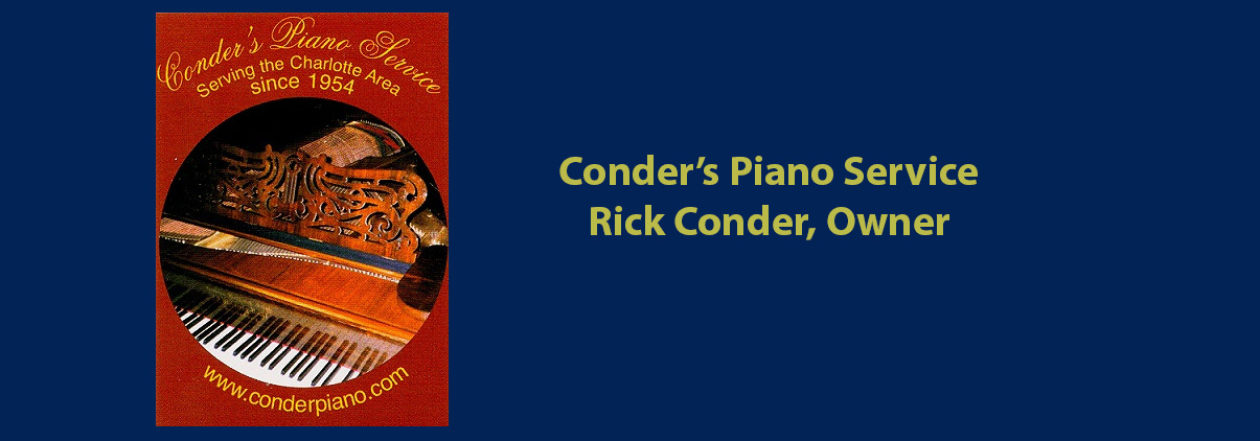PIANO RESTORATION
From top quality refinishing of the cabinet to precision rebuilding of all internal working mechanisms, we can restore pianos to immaculate condition, or to whatever degree you desire.
Pianos vary in quality and performance. Even two pianos of the same kind that came off the assembly line one after the other can be different. Add in the factor of many years of different environments and you can have two extremely different pianos. Consequently, when you go to restore them, they may have different needs to accomplish a quality restoration.
When you restore a piano, you look first at the condition of everything, determining what can be salvaged and reconditioned, and what needs to be replaced. You must decide exactly what you want out of the piano, such as appearance, performance, tone, etc., and what needs to be done to accomplish that.
For instance, some restorations only require refinishing and a small amount of regulation and tuning. A restoration such as this would cost anywhere from $3,000 to $4,000.
Other pianos may require extensive repairs to the cabinet and veneer, and a complete re-build or replacement of all structural and mechanical components. A total restoration such as this would cost between $10,000 and $15,000.
Most restorations fall somewhere between these two extremes. After a decision is made by our customers as to the depth of restoration to be done and a price is agreed upon, we guarantee that price.
A piano restoration can be a huge undertaking. The job can take several months to accomplish, and the expense can be thousands and thousands of dollars, often exceeding what a new piano would cost. So, why would anyone restore an old piano?
Most pianos built in the last 50 years or so are limited in the types of materials used in the construction, due to government regulations and more rushed construction techniques, due to manufacturers’ quest for profits. Their life spans are much shorter. Once they do wear out, there isn’t enough of the piano in good enough shape to have a quality piano even if you do try to restore it. These pianos should be considered to be disposable, which if you think about it, is a great business decision by the piano manufacturers.
Older pianos are very different. From the late 1800s until the 1950s, there were hundreds of piano manufacturers competing. Almost all were trying to build the best piano possible. They could acquire the finest materials without any limitations and labor costs were affordable enough that unbelievable time-consuming craftsmanship went into their construction.
The result are pianos with very long life spans of components that could exceed one hundred years, and structures and cores that can withstand being restored again and again. This allows these pianos to possibly last for centuries. The rich tones produced by these amazingly crafted instruments can be like nothing you can buy today at any price. The beautiful wood veneers used in the cabinets are totally unobtainable and the stylish cabinet designs are just not available in any newer pianos.
A quality, complete restoration on the best of the older grand pianos can be a great investment. Because they are so respected, they can sell for as much as $20,000 or even $40,000.
However, most of the pianos that we restore are important family heirlooms with lots of memories attached to them. Those pianos are considered “Priceless”. No amount of money can exceed the value of knowing your grandmother’s piano will be a special treasure to your great-grandchild.
Not all pianos are good candidates for restoration. Every piano is built with natural materials that can vary in Integrity. Also any time a piano may have spent in a bad environment can also have derogatory effects on these materials. Although they can be replaced, replacing the soundboard and bridges on a piano with new ones drastically changes the tone of the piano. This somewhat defeats the purpose of the investment of a restoration.
Our restoration process
Our process starts with a complete evaluation of every aspect of the piano. We discuss with the client the viability of the foundation of the piano and expectations of the quality and value of a restoration. We discuss all components, comparing the pros and cons of replacing, reconditioning, or simply omitting to reduce the price. If existing components are viable, in many cases, preserving them in the restoration could produce a better result than using replacements that are available today. Once the desired level of restoration is agreed to, we pick up the piano and bring it into the shop.
Once there, the piano is completely disassembled and every part is thoroughly inspected. At that point, there is another discussion with the client. If any unforeseen problems exist, we bring it to the client’s attention. On rare occasions, it could require additional costs to rectify the problems, or we may discover the piano is not viable for restoration. Upon discovery of this type of situation, should the client change their mind, the piano could be reassembled and returned to the client for a modest logistical charge. Otherwise a firm price (almost always the original quote) is agreed to, and that price is guaranteed.
A typical Restoration in our shop is a piano that has been loved and cared for, but age has caught up with the performance and appearance. This Ivers & Pond grand piano came into our shop at the ripe old age of 105 years.
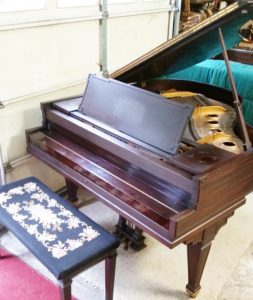
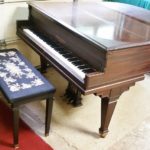

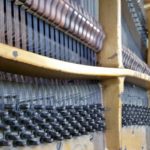
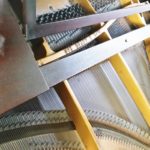

After being disassembled, the strings and tuning pins are carefully removed and sent to our supplier for duplication. All other needed parts are ordered.
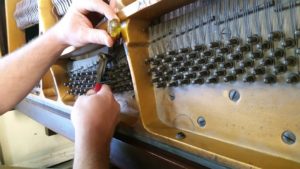
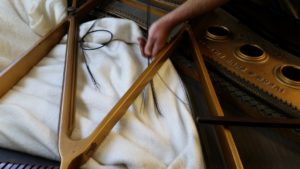
The soundboard and bridges are repaired and reconditioned.
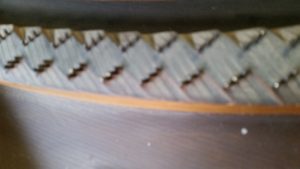
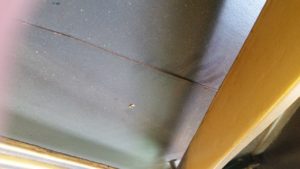
The pinblock is reconditioned or replaced (if needed).
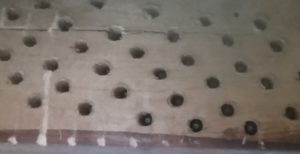
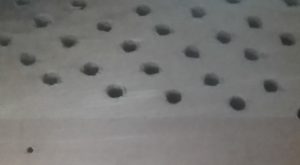
The plate is refinished and the belly is refelted.
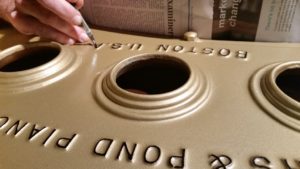
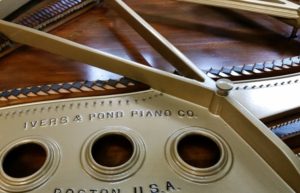
The new strings and tuning pins are installed, and the damper felts are carefully replaced and precisely adjusted.
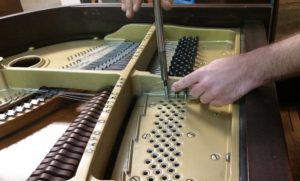
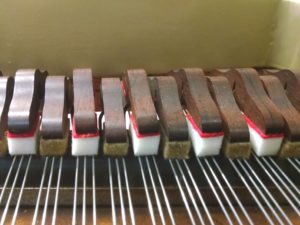
The hammers are carefully removed. Any needed repairs are done to the thousands of parts in the action and the keys.
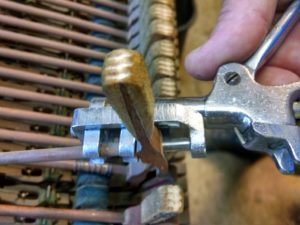
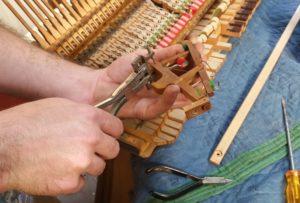
The new hammers are installed. All felts and buckskins at the contact points in the action and the keys are reconditioned or replaced.
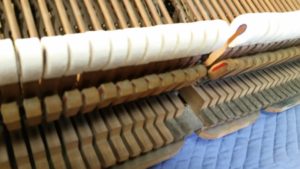
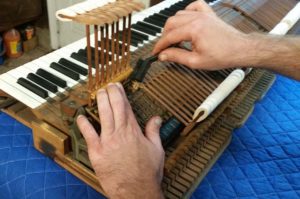
The keytops are patched, cleaned and polished, or replaced with all new ones.
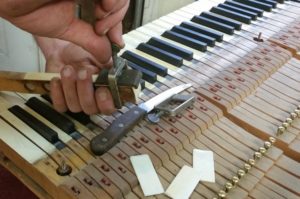
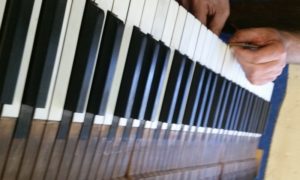
After being disassembled into 35 or 40 individual pieces and panels, chemical stripper is used to remove the old finish from the wood cabinet.
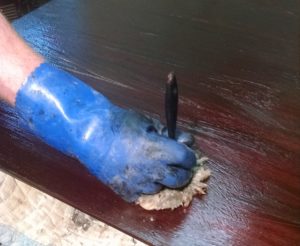
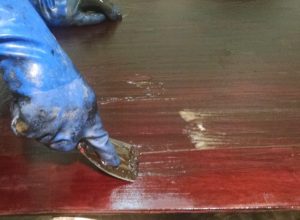
![]() All of those pieces are carefully hand sanded to a glassy smooth surface, down to every detail.
All of those pieces are carefully hand sanded to a glassy smooth surface, down to every detail.
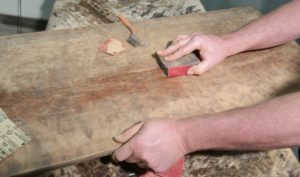
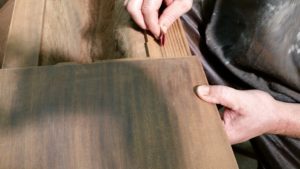
At this stage the client will usually visit the shop to allow us to demonstrate different stain colors on the pianos veneer, and discuss finish options. Once agreed upon, the finish is applied to the piano. As many as ten coats of lacquer are sprayed on the cabinet, and the fall board decal is replaced.
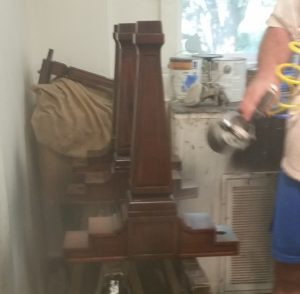
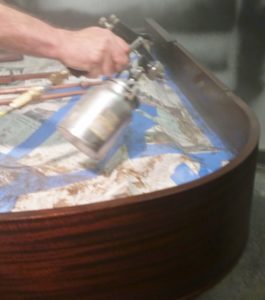
All the piano’s hardware, as many as 300 pieces, are polished replated or replaced if needed.
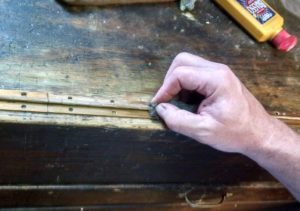
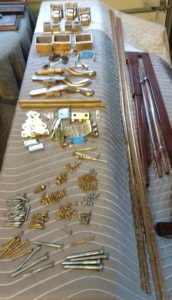
The piano is reassembled and the finish is totally buffed.
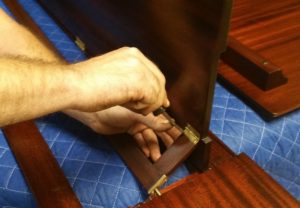
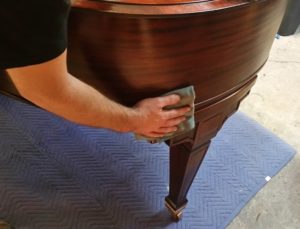
The action is precisely regulated and the piano is tuned to the standard a 440 pitch.
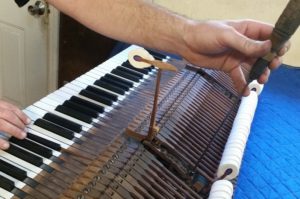
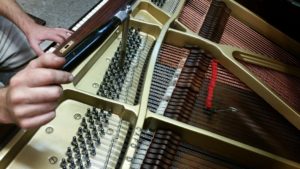
Besides the substantial costs of the parts and materials to restore the piano, the process can take two hundred man-hours or more. However, the result is a uniquely beautiful, wonderful sounding, smoothly performing, heirloom quality piano that will be around for many decades to come.
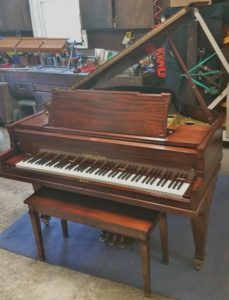
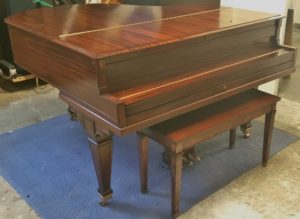
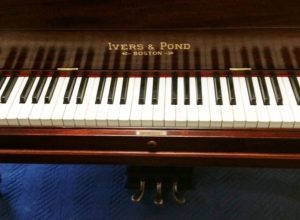
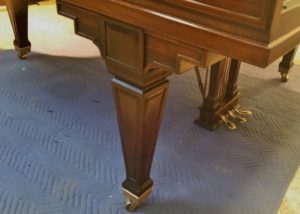
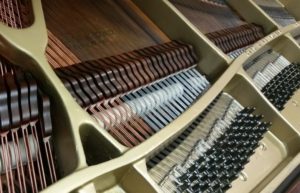
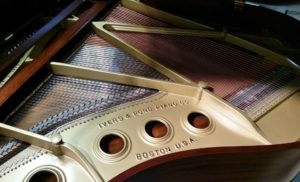
Many customers find it interesting to visit our shop at various stages during the restoration process. Please contact us to arrange a tour.
